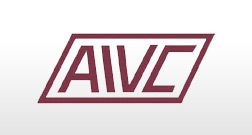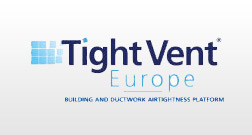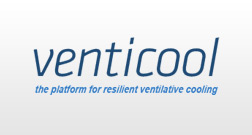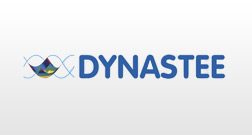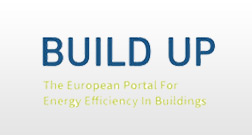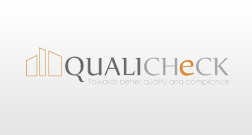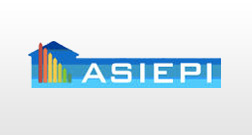As the AIVC was created in 1979, the 40th anniversary of the AIVC was celebrated in October 2019 at the 40th AIVC conference in Ghent. In the context of this celebration, it was decided to publish 2 overview publications:

This section includes a selection of key publications from our projects. To access the full lists of publications we would like to encourage you to visit our projects’ websites by clicking on their logos above.
As the AIVC was created in 1979, the 40th anniversary of the AIVC was celebrated in October 2019 at the 40th AIVC conference in Ghent. In the context of this celebration, it was decided to publish 2 overview publications:
This position paper gives a brief overview of opportunities and challenges for ventilative cooling solutions both:
Article 19a of Directive 2018/844, includes the requirement for the Commission to perform, before 2020, a feasibility study to clarify the possibilities and timeline for introducing two aspects in order to improve buildings’ energy performance: -
In March 2017, AIVC identified smart ventilation for buildings as a new and important topic to be addressed.
New buildings, as well as the renovated building stock, should aim not just for good energy performance but also for good quality of the works, as this is a prerequisite for high building energy performance.
Practical experience shows that it is challenging to implement a robust compliance and enforcement framework for Energy Performance Certificates (EPCs) for buildings.
Exposures in homes constitute the major part of exposures to airborne pollutants experienced through the human lifetime. They can constitute from 60 to 95% of our total lifetime exposures, of which 30% occurs when we sleep.
This report gives an overview to the design principles and construction methods for building airtightness.
This report gives a critical review of steps taken in 10 countries (Belgium, Denmark, Finland, France, Germany, Netherlands, Japan, Sweden, UK, USA) with regard to testing and reporting schemes as well as overall quality approaches to improve buil




